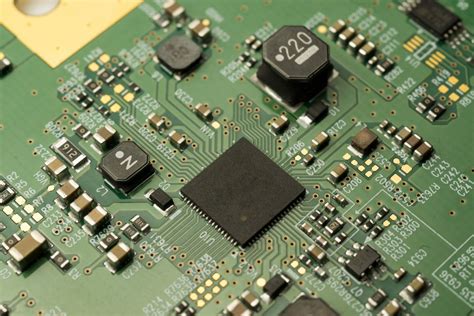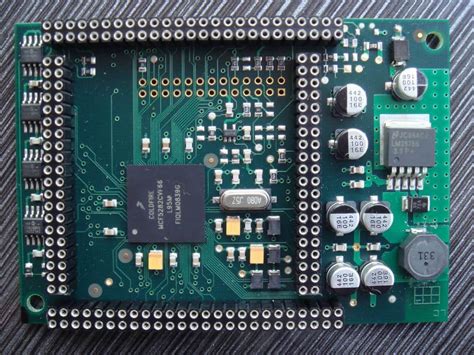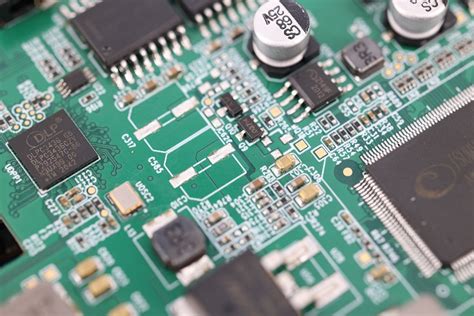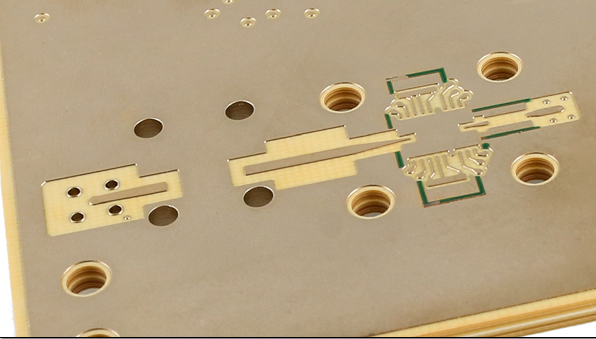Optimizing Your Project with Circuit Board Assembly Services
Key Takeaways
When considering pcb assembly services for your project, it’s essential to recognize the significant impact these services can have on your overall project efficiency. Selecting the right provider can make a marked difference in your production timeline, allowing for a smoother workflow and timely delivery. Quality control stands out as a critical component in this equation; ensuring that every aspect of your pcba is meticulously scrutinized means fewer errors and reworks, ultimately leading to cost savings. Furthermore, establishing clear communication channels with your service provider allows for greater collaboration and adaptability. Incorporating advanced technologies into the assembly process not only enhances accuracy but also fosters innovation in product development. It’s important to carefully weigh the options of cost versus quality, ensuring that you choose a provider who aligns with your project goals without compromising standards. Remember, informed choices today lead to exceptional results tomorrow in any project utilizing assembly services.
Understanding Circuit Board Assembly Services
Circuit board assembly services, often referred to as PCB assembly or PCBA, are essential components in the rapid development and production of electronic devices. These services encompass the comprehensive process of populating circuit boards with electronic components, ensuring that they are assembled with precision and efficiency. The quality of PCBA directly impacts the performance and reliability of final products, making it crucial for project managers and engineers to have a clear understanding of what these services entail.
At the heart of effective PCB assembly is a focus on meticulous design specifications, as well as adherence to industry standards. This ensures that each PCB assembly yields reliable results while aligning with the project’s unique requirements. With advancements in technology, service providers are now offering enhanced capabilities that facilitate quicker turnarounds and lower lead times without sacrificing quality.
To illustrate this further, let’s consider a comparison between traditional assembly methods and modern automated techniques:
| Aspect | Traditional Assembly | Modern Automated Assembly |
|---|---|---|
| Speed | Moderate | High |
| Labor Costs | Higher | Lower |
| Precision | Variable | Consistently High |
| Scalability | Limited | Highly Scalable |
Understanding these distinctions helps businesses optimize their project strategies by selecting providers capable of delivering both efficiency and quality in their PCB assembly processes. By emphasizing these key aspects, organizations can not only improve their production outcomes but also enhance overall project efficiencies. As you explore potential providers for your PCBA needs, consider how each contributes to your project’s success through innovation and reliability.
Key Considerations When Choosing a Provider
Selecting the right service provider for pcb assembly can significantly impact the success of your project. First and foremost, it’s essential to evaluate the provider’s experience and expertise in pcba. A seasoned provider often understands industry standards and can offer invaluable insights that enhance your production process. Additionally, consider their production capabilities—ensuring they are equipped to handle both small-scale and larger quantities efficiently is crucial.
Quality assurance is another vital aspect to investigate. A reliable provider should have robust quality control measures in place, encompassing everything from initial component inspections to final assembly checks. Always seek certifications such as ISO 9001, as these can be indicators of a commitment to maintaining high standards.
Furthermore, communication plays a pivotal role in the assembly process. Providers that maintain transparent communication channels can promptly address any concerns that arise, thereby reducing potential delays. As an additional tip: “Choose a partner who uses efficient project management tools; this ensures everyone stays on the same page throughout the pcb assembly process.”
Lastly, don’t overlook cost considerations—while finding a competitive price is important, it’s equally vital to balance cost vs. quality to avoid compromising on essential aspects of your product. By weighing these factors carefully, you position your project for success with a provider who aligns with your specific needs.
Streamlining Production Timelines for Efficiency
In the fast-paced world of electronics, optimizing production timelines is crucial for enhancing overall project efficiency. One of the most effective ways to achieve this is through pcb assembly services. By partnering with a skilled pcba provider, organizations can streamline their processes significantly. It begins with choosing a provider that employs advanced techniques, enabling rapid prototyping and smooth transitions from design to assembly. This minimizes downtime and increases throughput, allowing projects to stay on schedule.
Moreover, communication plays a critical role; establishing clear lines of interaction between your team and the assembly service ensures that any potential issues are quickly addressed. Implementing software tools for project management and tracking can further enhance this aspect, fostering collaboration and keeping all stakeholders informed. As production timelines are streamlined, it also allows for greater flexibility in responding to changes or unforeseen challenges—skills that are essential in maintaining a competitive edge in today’s market.
By focusing on these strategies when utilizing pcb assembly services, organizations not only optimize their production timelines but also set the stage for delivering high-quality products that meet customer expectations. Embracing efficiency through dedicated partnerships in electronic assembly can yield remarkable results.
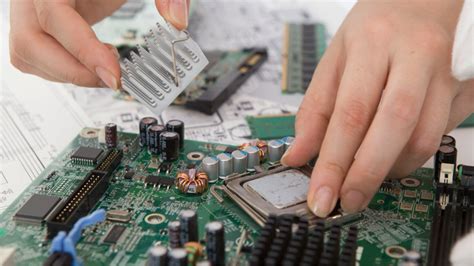
Importance of Quality Control in Assembly
Quality control is a critical component of pcb assembly processes that significantly influences the overall success of any electronic project. The pcba industry is highly competitive, where even minor defects can lead to substantial project delays and increased costs. Implementing stringent quality control measures ensures that each component on the circuit board meets the necessary specifications before moving forward in the production pipeline. This can involve various testing methods, including visual inspections and automated testing processes, to identify any discrepancies early on. By fostering a culture of quality within your assembly service provider, you are not only minimizing risks but also enhancing customer satisfaction.
Moreover, investing in advanced quality control technologies can yield better monitoring and reporting capabilities throughout the assembly process. Utilizing statistical process control (SPC) techniques helps in understanding variations that may occur during production, allowing for timely corrections before they escalate into larger issues. Additionally, maintaining clear and open channels of communication with your service provider will facilitate a more efficient feedback loop regarding quality benchmarks, ensuring continuous improvement over time.
Thus, prioritizing quality control in circuit board assembly is not merely a good practice; it serves as a fundamental strategy for achieving exceptional results in your electronic projects. The reliability and robustness of your final product hinge on these meticulous processes, ultimately leading to enhanced performance in real-world applications.
Enhancing Communication with Your Service Provider
Effective communication is fundamental when engaging with a pcb assembly service provider. The complexity of pcba projects necessitates a clear exchange of information regarding expectations, timelines, and technical specifications. To foster a productive relationship, it is crucial to establish an open dialogue from the outset. Begin by discussing your project requirements in detail, including design nuances and performance standards, which will enable the provider to fully understand your vision. Regular updates and feedback sessions can further enhance this communication, ensuring that both parties remain aligned throughout the production process. Utilizing tools like project management software or even dedicated messaging platforms can streamline this interaction, allowing for quick resolution of any arising issues. By prioritizing clear and frequent communication, you not only consolidate trust but also significantly reduce the risk of misunderstandings that could impact the quality of your circuit board assembly. The end goal is to work in harmony with your pcba provider to achieve exceptional results that meet or exceed expectations.
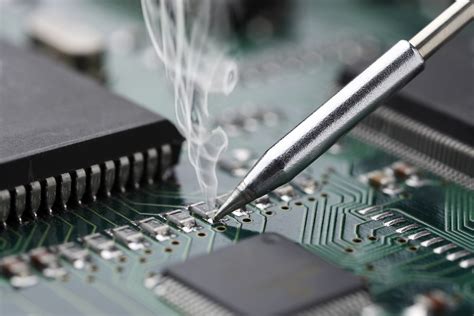
Integrating Technology for Better Results
In the competitive landscape of pcb assembly, integrating advanced technology is essential for achieving superior outcomes. The increasing complexity of electronic designs necessitates the use of modern techniques like surface mount technology (SMT) and automated optical inspection (AOI) to enhance the pcba process. Utilizing software tools for design verification can significantly reduce errors in the early stages, ensuring that your circuit board assembly services provider can operate efficiently during production. Furthermore, implementing real-time monitoring systems allows for immediate feedback and adjustments throughout the assembly process, fostering a culture of continuous improvement. By leveraging cutting-edge technologies, companies can streamline workflows and minimize waste, leading to improved cost-effectiveness and a shortened time-to-market. Ensuring that your provider embraces these technological advancements is crucial not only for boosting production efficiency but also for achieving overall project success in today’s fast-paced electronic industry.
Evaluating Cost vs. Quality in Circuit Board Assembly
When it comes to pcb assembly, the balance between cost and quality is critical yet often challenging. Many projects start with a budget constraint, prompting managers to seek the lowest price for pcba services. However, opting solely for cost-effective solutions can lead to compromised quality, resulting in costly reworks or failures down the line. It’s imperative to consider that investing in a reputable provider known for their quality standards can ultimately save both time and money. Quality assurance practices, materials used, and the provider’s experience all play significant roles in determining the overall value of the service. While a cheaper option may seem attractive at first glance, it’s essential to look at their track record for delivering reliable pcb assembly solutions. Additionally, factors such as customer support and post-assembly services should not be overlooked, as they can enhance project outcomes significantly. Ultimately, a strategic evaluation of cost against perceived quality is fundamental in making informed decisions that align with project goals and timelines in circuit board assembly.
Case Studies: Successful Projects Utilizing Assembly Services
In examining various industries, several case studies reveal the impactful role of pcb assembly services in driving successful outcomes. For instance, a tech startup engaged in developing smart home devices partnered with a reputable pcba provider to streamline their product development. By leveraging the expertise and advanced technologies of their assembly service, they significantly reduced their time-to-market, allowing them to launch their innovative products ahead of competitors. Another notable case features an automotive company that required high-quality circuit boards for critical safety systems. By collaborating closely with a specialized assembly service that emphasized rigorous quality control, they not only adhered to stringent regulations but also improved overall performance and reliability. These examples illustrate how selecting the right assembly services can lead to enhanced project efficiency, better communication between teams, and ultimately, superior product quality. The integration of technology in these processes has also played a pivotal role, highlighting that the right pcb assembly partner can turn ambitious project goals into successful realities.
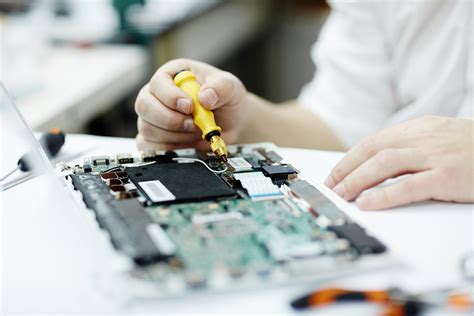
Conclusion
In summation, utilizing pcb assembly services can significantly elevate your project’s performance and outcomes. It’s crucial to approach the selection of a pcba provider with careful consideration, weighing factors such as their expertise and production capabilities. The integration of advanced technologies within assembly processes not only streamlines operations but also enhances communication between your team and the service provider, fostering collaboration and resolving potential issues swiftly. Quality control remains paramount; even the most sophisticated technology cannot compensate for lapses in oversight. As highlighted throughout this article, balancing cost with quality is essential in achieving exceptional results in your project. By integrating these strategies and understanding the intricate aspects of pcba, you position your project for success, ensuring that every component aligns for optimal performance in the competitive landscape.
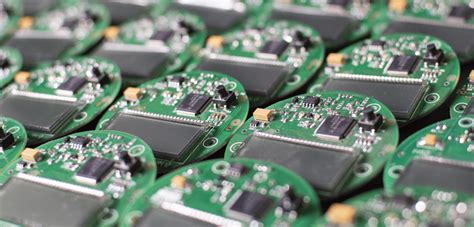
FAQs
What is PCB assembly?
PCB assembly, or PCBA, refers to the process of assembling electronic components onto a printed circuit board (PCB) to create a functional electronic circuit. This process is crucial for ensuring that all components are correctly placed and soldered, which directly impacts the overall performance of electronic devices.
How do I choose the right PCB assembly service provider?
When selecting a PCB assembly service provider, consider factors such as their experience, quality certifications, and customer reviews. It’s also essential to evaluate their production capacity and turnaround times to ensure they align with your project requirements.
What should I expect in terms of quality control during PCB assembly?
Quality control is vital in PCBA. A reputable provider will typically perform thorough inspections at various stages of the assembly process. This can include visual inspections, automated optical inspection (AOI), and functional testing to ensure every board meets quality standards before delivery.
How can I optimize production timelines for my PCB assembly project?
To streamline production timelines for your PCB assembly, communicate clearly with your provider about expectations and deadlines. Additionally, providing complete and detailed design files upfront can significantly reduce delays related to design clarifications or revisions.
What technologies are integrated into PCB assembly processes?
Modern PCB assembly processes often incorporate advanced technologies, such as automated pick-and-place machines for component placement and selective soldering techniques that improve accuracy and efficiency. These innovations play a critical role in enhancing overall productivity.
For more insights on improving your project’s efficiency with advanced pcb assembly solutions, please visit this link.

